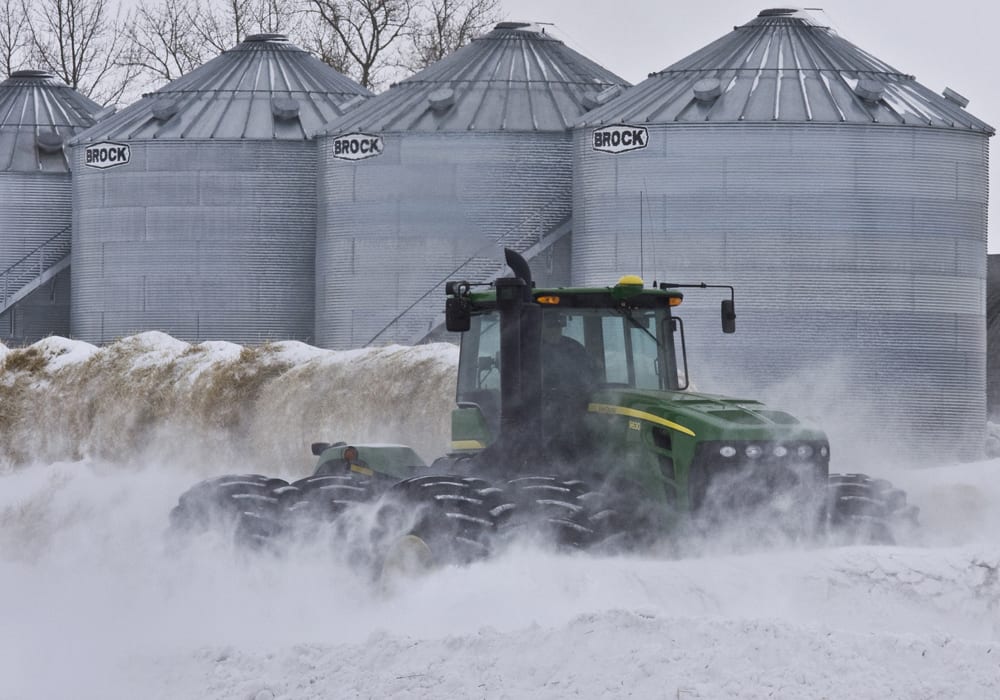Farmers can expect an atypical El Nino winter, says a weather forecaster.
Meteorological agencies in the United States and Australia believe an El Nino will soon be forming, which usually means a warm and dry winter for the Canadian Prairies.
However, World Weather Inc. thinks the opposite will happen at the start of winter.
Company president Drew Lerner is forecasting normal to above normal precipitation in western and southern Alberta and portions of southern Saskatchewan for November and December.
Everywhere else will experience normal to below normal precipitation during that period.
Read Also

Saskatchewan throne speech promises strong economy
Saskatchewan’s legislative agenda for the coming year will focus on meeting the challenges of new world trading relationships, said the speech from the throne.
He also anticipates “potent surges” of cold air in the eastern Prairies to start winter.
The reason Lerner is expecting a strange start to the El Nino winter is that the El Nino has yet to form.
In fact, the Southern Oscillation Index has been steadily rising since Oct. 1, which is the exact opposite of what normally occurs heading into an El Nino.
That is allowing other weather patterns to prevail, and they are routinely throwing low pressure systems into British Columbia, which will result in occasional bouts of precipitation in Alberta and Saskatchewan.
“Once we get into mid-to-late December and certainly January and February, El Nino will have control and at that point you’ll fall back into what is typical and that’s a warm and dry bias,” said Lerner.
The warmer bias will be in Saskatchewan and Alberta with Manitoba being closer to normal. Precipitation will be below average in most regions with better moisture in Manitoba and southwestern Alberta.
Brett Anderson, senior meteorologist with AccuWeather, believes it will be a weak to moderate El Nino.
“That’s going to force the polar jet stream further north than it usually is, so that’s going to keep much of Western Canada warmer than normal,” he said.
He believes Alberta and western Saskatchewan will be drier than normal as a result because the storm track will be directed to northern British Columbia.
However, Anderson isn’t too concerned about what that means for southern Alberta and southern Saskatchewan, which have been through two years of drought.
“Even if we have a snowy winter, snow does not hold a lot of moisture,” he said.
It is the spring conditions that will largely determine whether those regions are in for a third consecutive drought.
Lerner is just starting to work on his spring outlook, so he is not ready to make any predictions with the exception of one observation.
“If we can keep El Nino around during the growing season next year, then Alberta will finally get a chance to dry down and we’ll get some better moisture to occur in the eastern part of the Prairies,” he said.
















